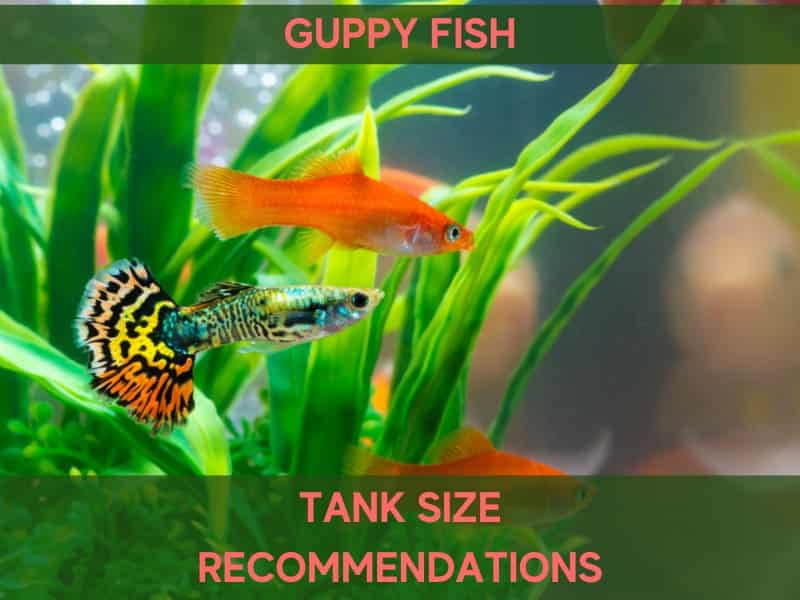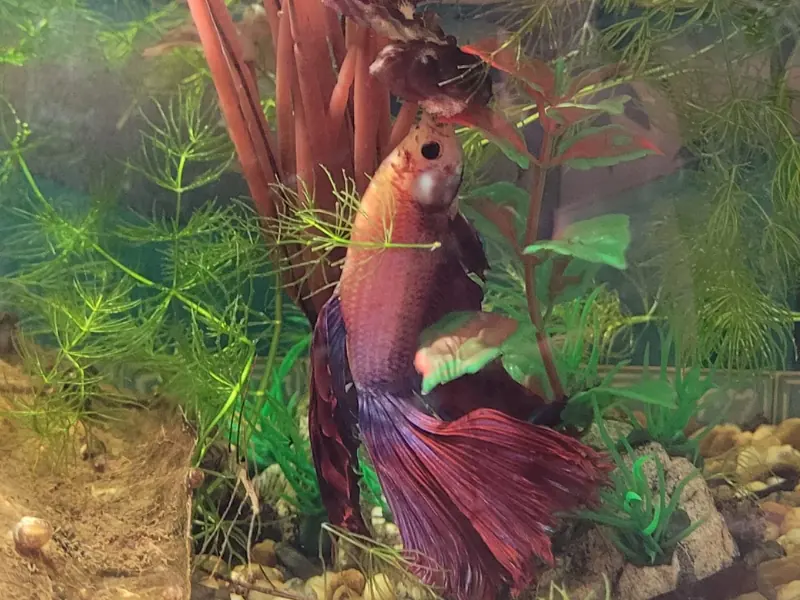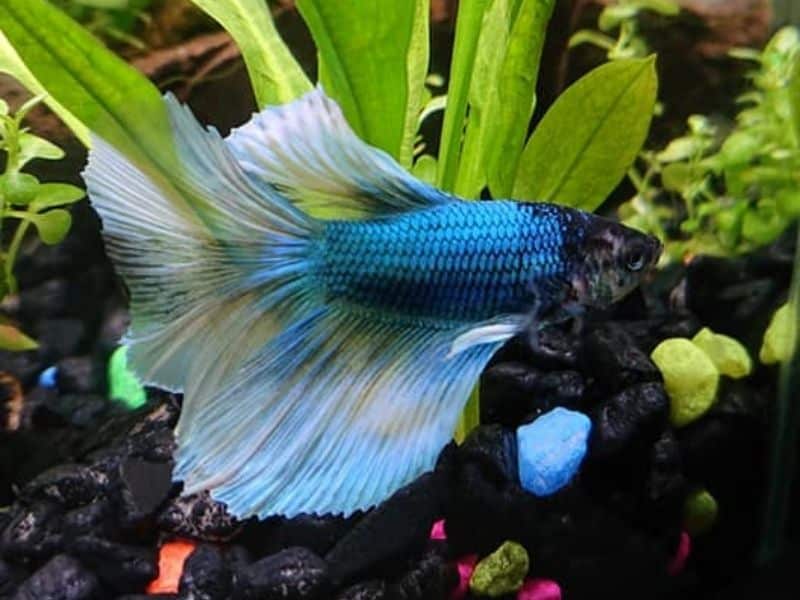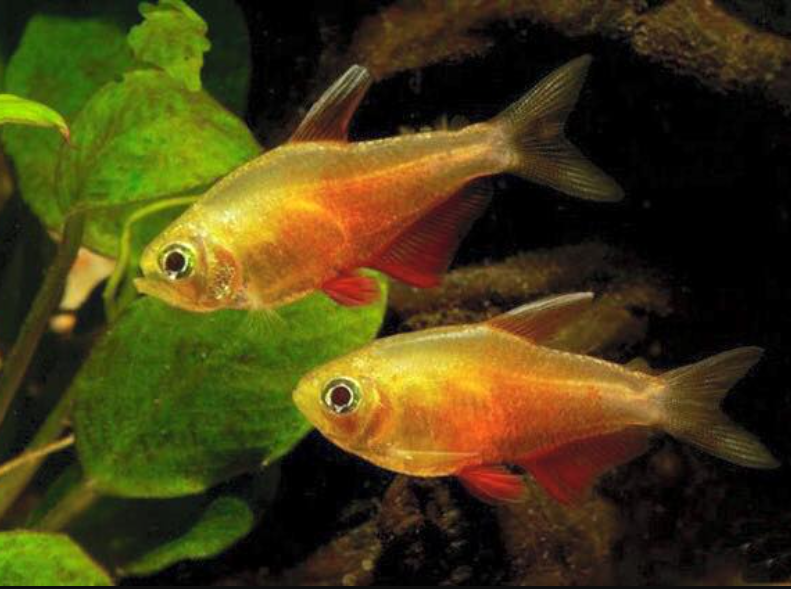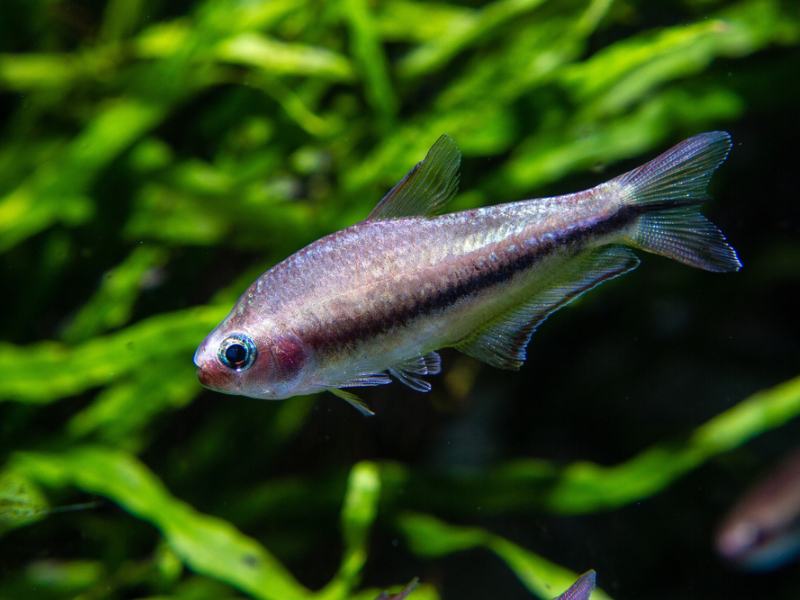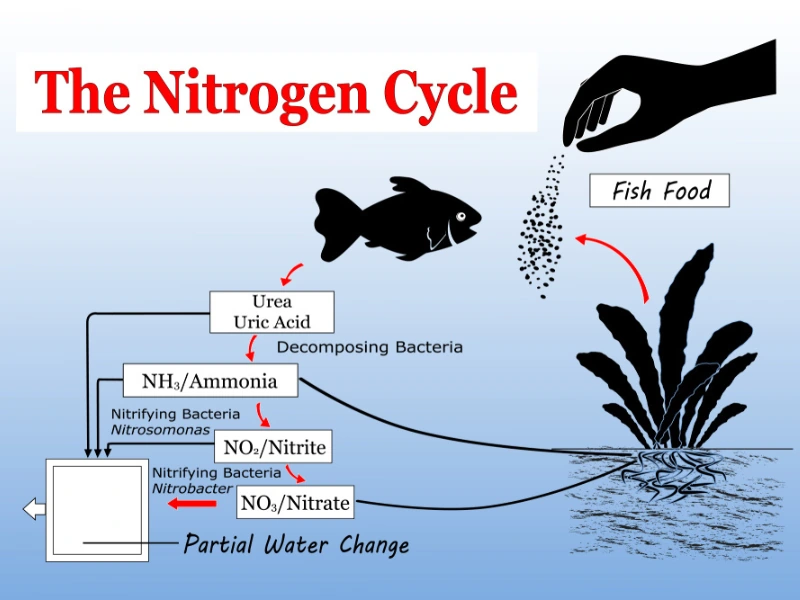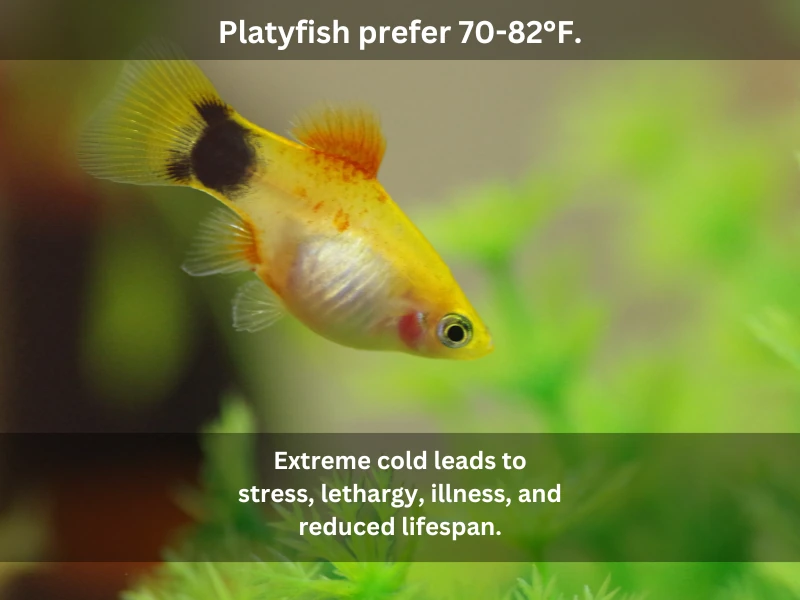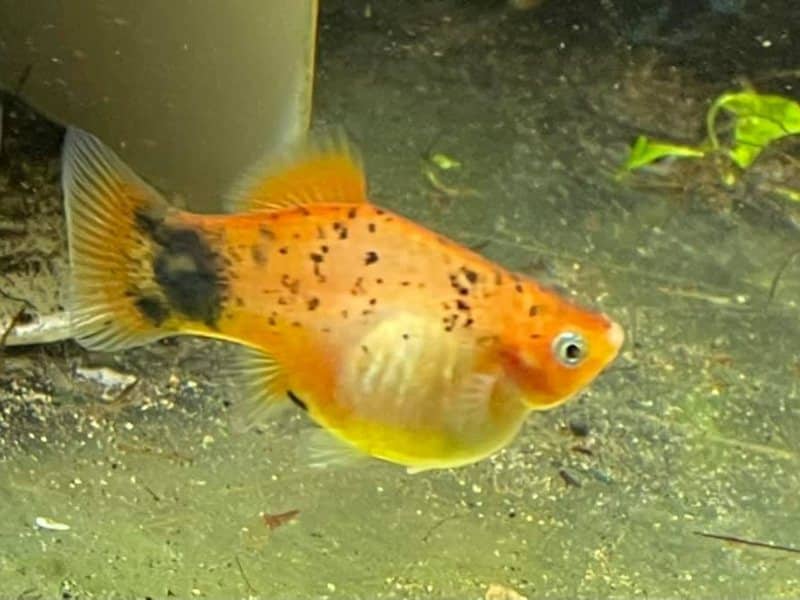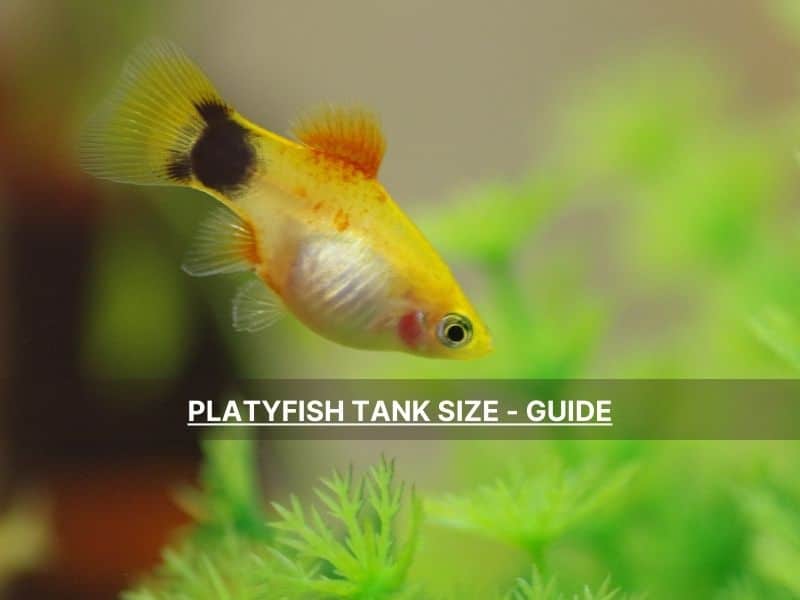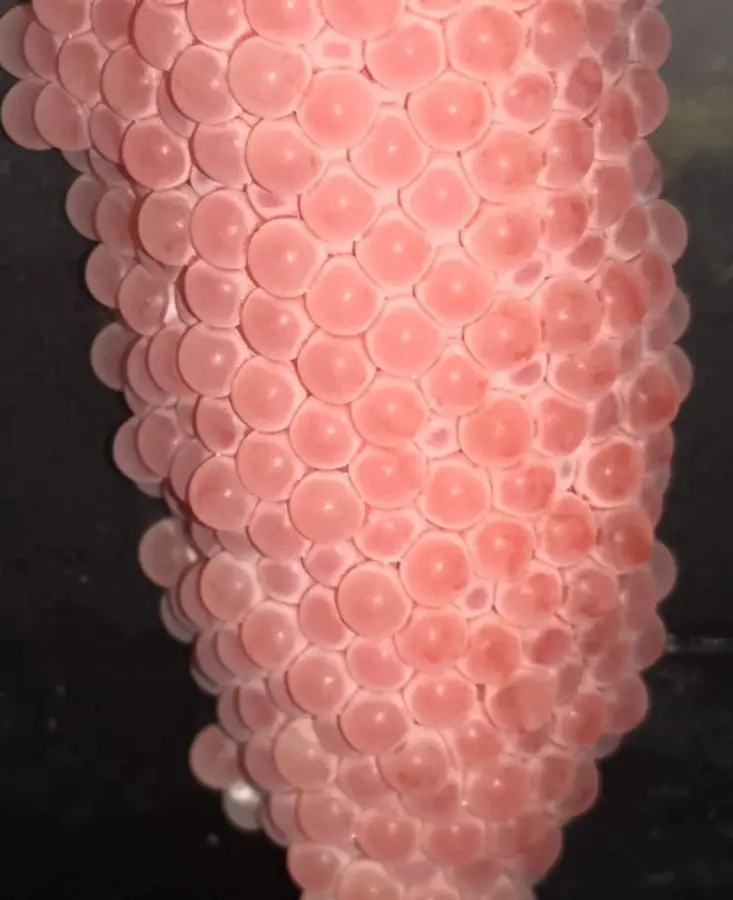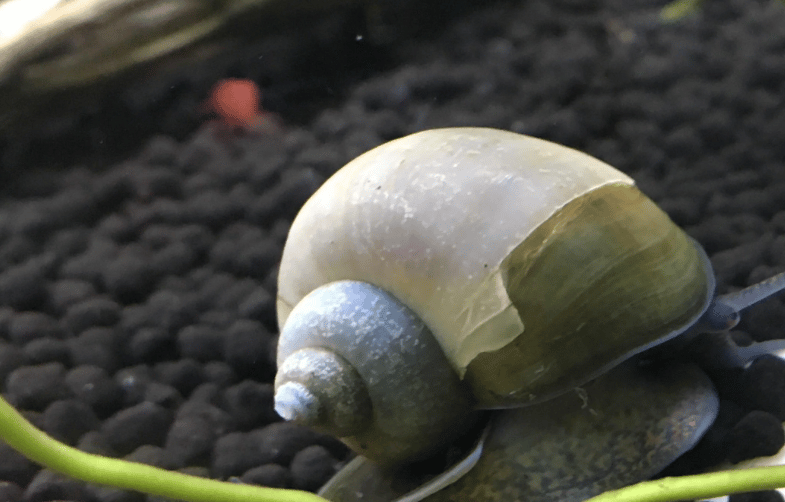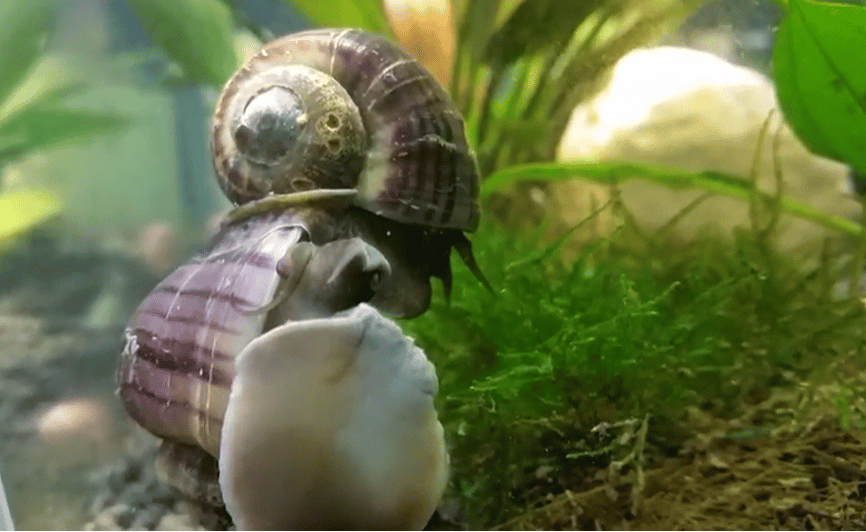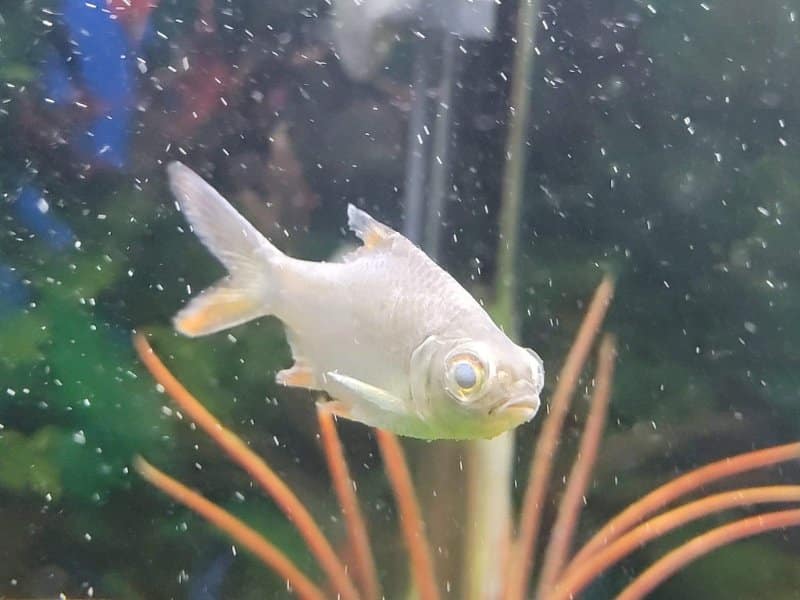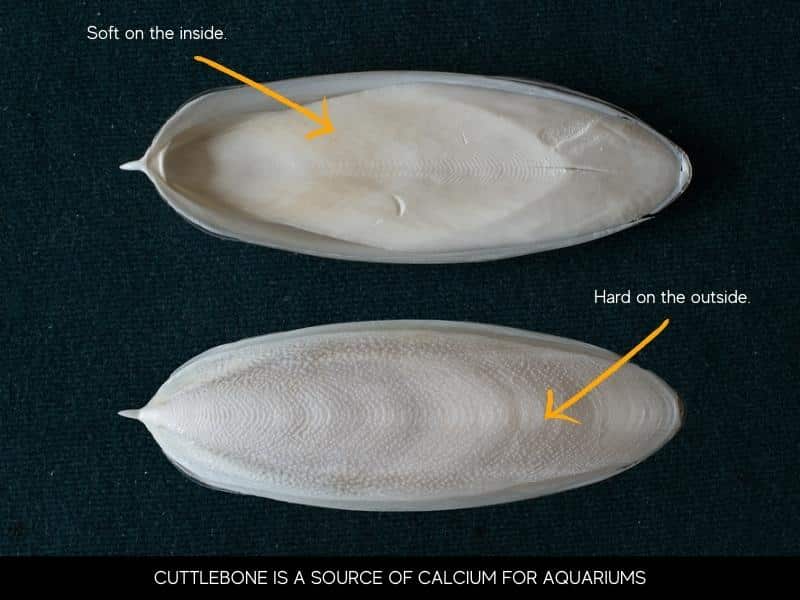Learn the ins and outs of aquarium care and maintenance from experienced fish tank hobbyists and experts. FishParlor has a collection of helpful in-depth guides on how to care for pet fish, snails, shrimp, and other aquarium pets.
All our guides share knowledge gained from years of experience and deep research as fish tank enthusiasts. We have written care guides for mystery snails, nerite snails, shrimp, betta fish, platies, guppies, goldfish, gourami, koi, loaches, angelfish, and more.
If you are looking for passionate and experienced tank setup and fish care experts, you’re in the right place.
We are dedicated to helping you care for your pet fish, aquarium snails, and shrimp. On our website, you’ll find information on choosing the right tank, stocking guidelines for snails, fish, and shrimp, and setting up your aquarium with plants, decorations, lights, filters, substrate, and much more.
We also provide guides to feeding your fish, snails, or shrimp, maintaining your aquarium, and dealing with the challenges that come with having an aquarium.

